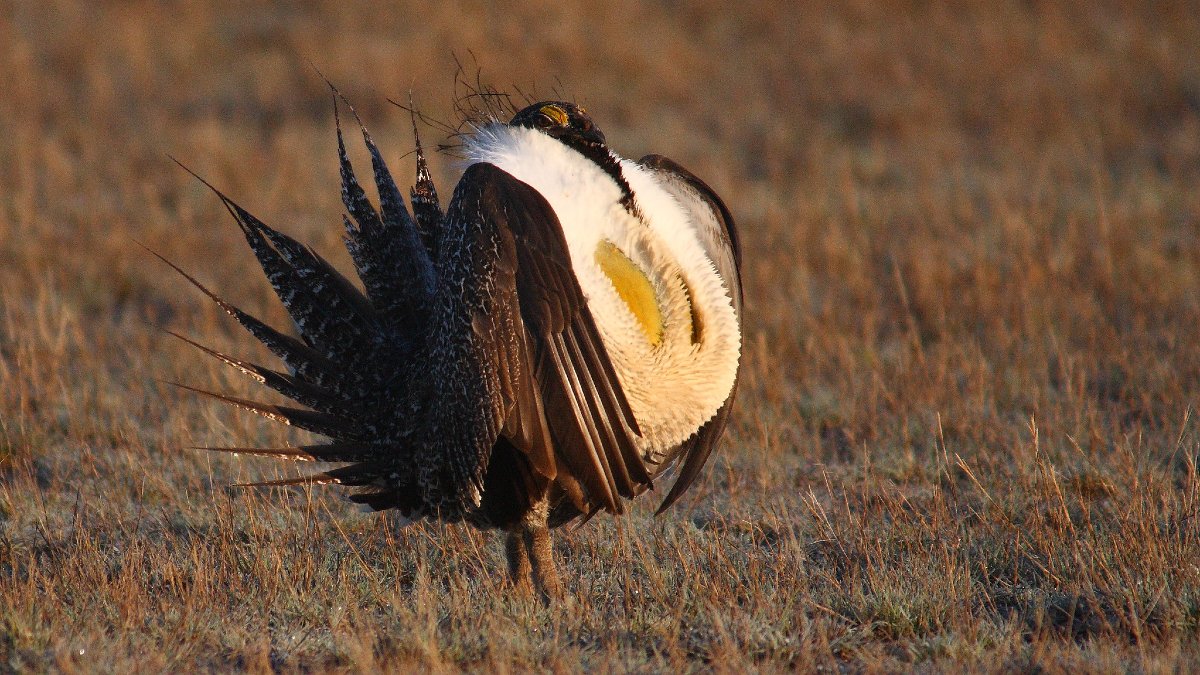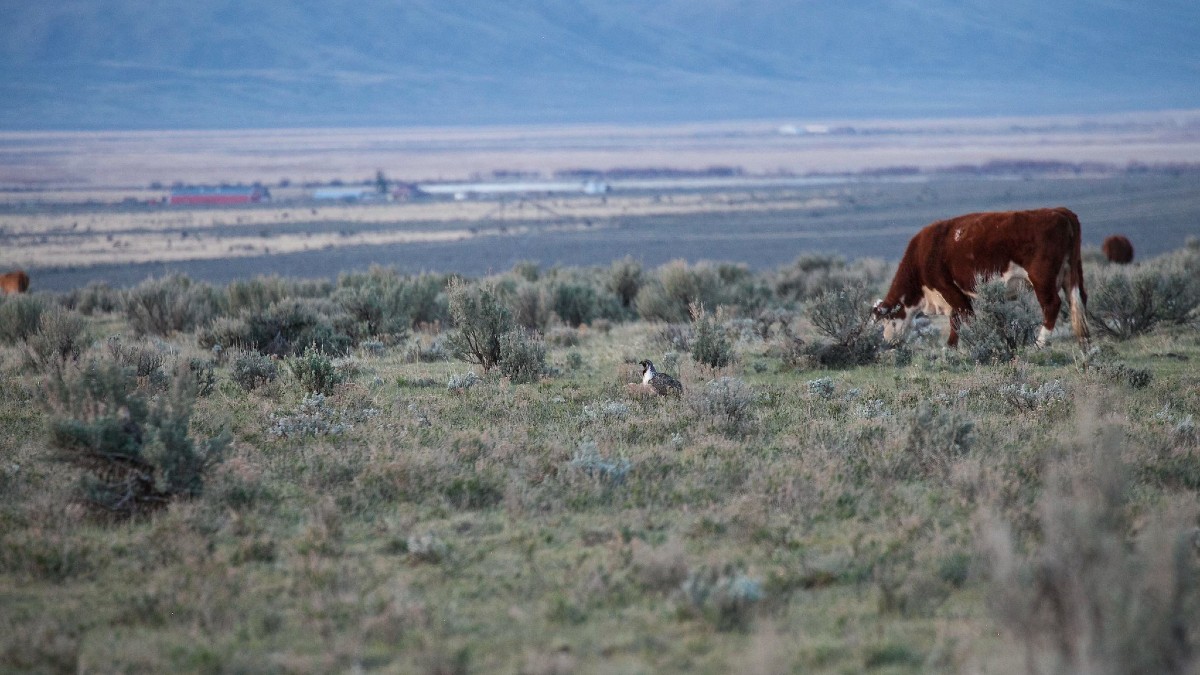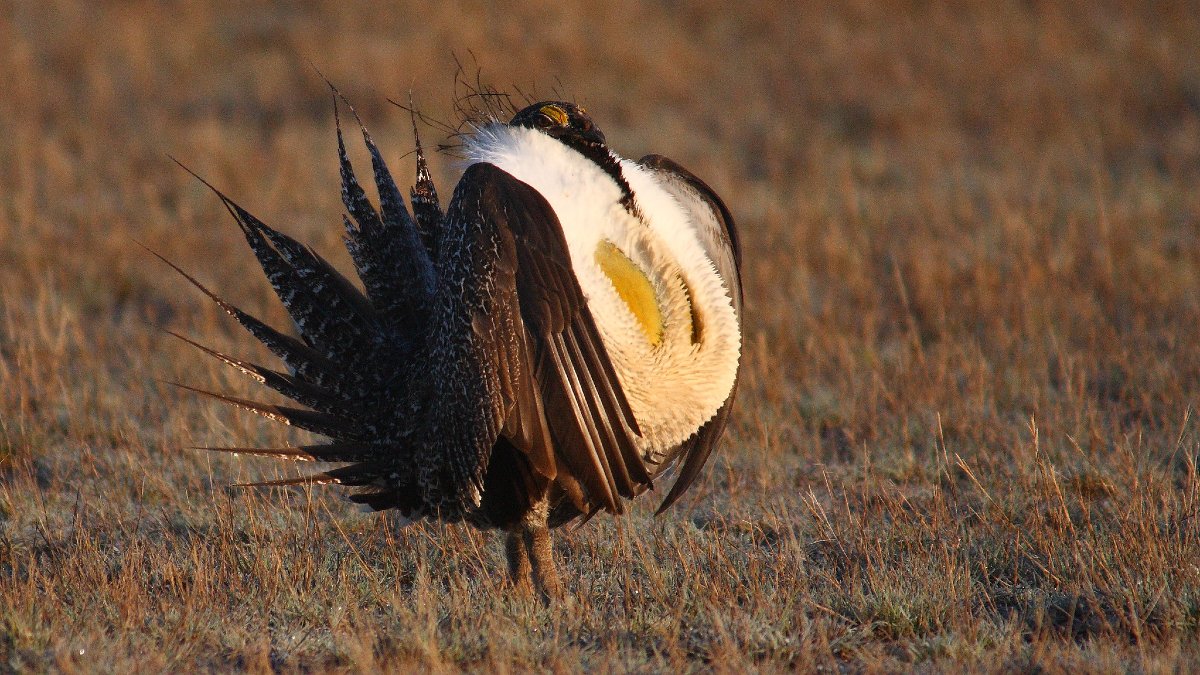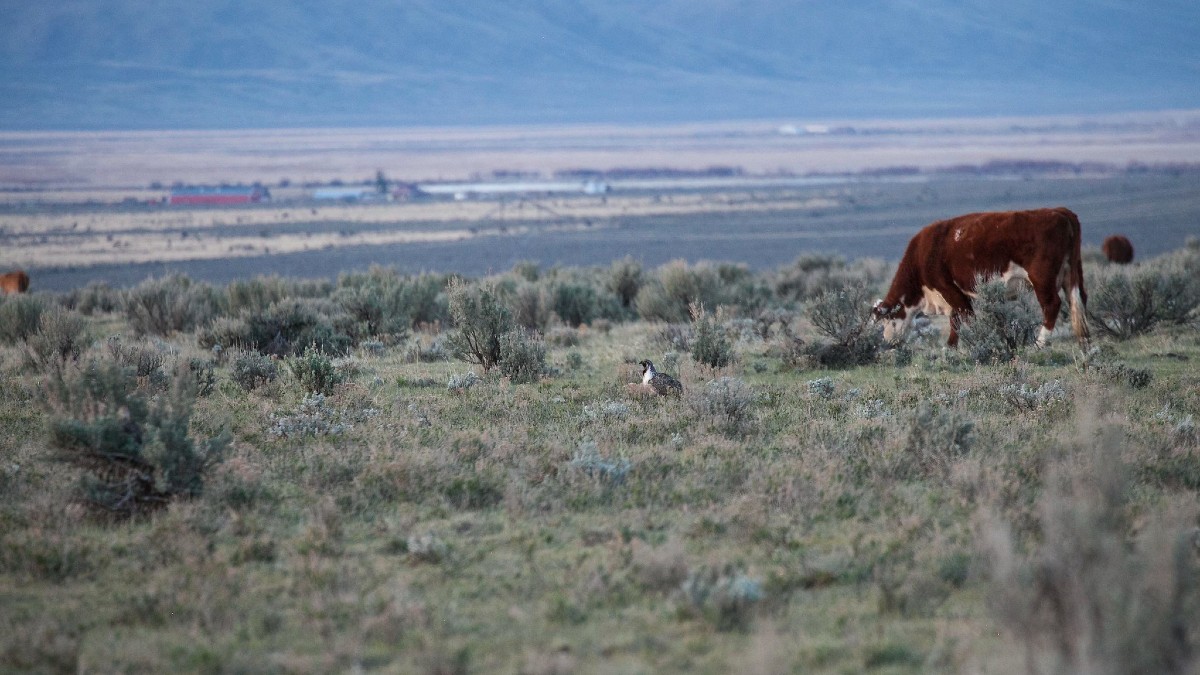A 10-year Study to Understand the Relationship Between Livestock Grazing and Greater Sage-Grouse Populations
The Challenge
Greater Sage-Grouse (Centrocercus urophasianus) were once widespread within sagebrush-grassland ecosystems of western North America, but populations have declined since the mid-1960s. Despite decades of research and management efforts to stabilize the Greater Sage-Grouse population, they remain a species of interest and concern. Livestock grazing is the most extensive land use within their habitat, which has led to a complicated debate surrounding the effects of livestock grazing on sage-grouse.

Our Response
Currently in its final year, a 10-year experiment across five sites in Idaho is being conducted to better understand the multifaceted ways that livestock grazing may influence Greater Sage-Grouse populations. Led by Rangeland Center Member Courtney Conway, this project has several other Center members at its forefront, including Karen Launchbaugh and Jason Karl, and involves a team of scientists, land managers and agencies.
Though the experimental results of this research are still a few years away, several interesting observations are emerging:
- Similar to other studies, preliminary results show that successful sage-grouse nests tend to be located in plots with taller grass than those that fail. Since grazing reduces grass height, it has previously been assumed that livestock grazing would reduce nest success; a premise that has informed many of the current management guidelines. However, when nesting was examined at the pasture scale in this project, sage-grouse nesting success has been no higher in grazed pastures than those that have been rested from grazing. Currently, research has not indicated that removing cattle from pastures leads to increased nest success though rested pastures have a higher density of nests than grazed pastures.
- Initial summaries show that grazed pastures have both a greater amount (i.e., biomass) and diversity of insects than those that are rested. Insects are a critical food source for Greater Sage-Grouse and their chicks, and the influence of livestock grazing on insect populations has been a critical question for understanding the relationship between grazing and sage-grouse nest success.

Detailed annual reports are available on the project’s website, https://idahogrousegrazing.org. Data will continue to be collected for the final year of the study, continuing to contribute to the large database of information amassed through this study. This research is leading to a thorough understanding of the relationship between livestock grazing and sage-grouse that will inform land management decisions through the species’ range across the American West.








